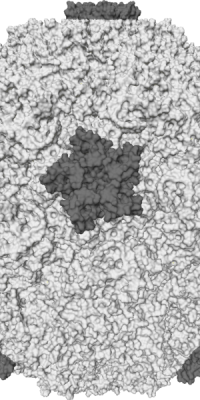The rhinovirus, best known as the common cold, is one of the most commonly encountered pathogenic agents on the planet. Though it is not commonly dangerous, it proliferates throughout the autumn and winter months on a yearly basis. The virus attacks the upper respiratory system, resulting in nasal and sinus irritation.
Transmission:
Rhinovirus spreads from infected people to others through the air and close personal contact. However, you can also get infected from contact with airborne particles from sneezes or coughs. This can happen when you shake hands with someone who has a cold, or touch a doorknob that has viruses on it, then touch your eyes, mouth, or nose. Good hygienic practices and regular surface sanitation are key to protecting yourself against rhinovirus.
Symptoms:
Manifestations of rhinovirus infection typically appear after an incubation period of one to three days, lasting up to 7-11 days. Typical symptoms include the following:
-
Nasal dryness or irritation
-
Sore throat or throat irritation
-
Nasal discharge, nasal congestion, and sneezing
-
Headache
-
Facial and ear pressure
-
Loss of sense of smell and taste
-
Cough
-
Hoarseness
-
Vomiting
-
Irritability or restlessness



